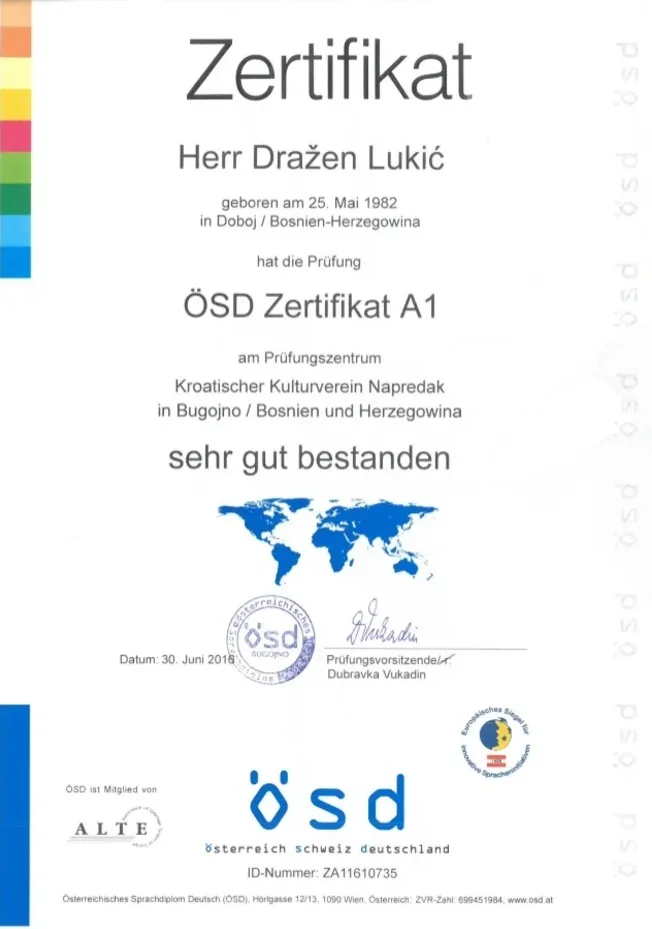Understanding the Integrated German Model: A Comprehensive Overview
The integrated German model, typically referred to as the "German model," is an unique system that intertwines economic development, social equity, and a strong focus on occupation training. It has actually amassed attention for its capability to preserve a high level of work, strong commercial production, and a robust well-being state. This short article looks into the complex layers of the integrated German design, examining its history, structure, advantages, and prospective difficulties. By the end, readers will have a clearer understanding of this significant financial framework and its ramifications for other nations.
Historical Context
Germany's financial structure has progressed significantly over the past century. The post-World War II age produced the requirement for reconstruction, resulting in the facility of a social market economy. Social market economy principles concentrated on stabilizing free-market capitalism with social policies that guarantee reasonable competition and a security internet for people.
Over the decades, the nation's economic policies have adjusted to internal shifts and international modifications. The reunification in 1990 presented new challenges and chances, prompting changes in labor laws, training programs, and welfare arrangements. This evolution has actually resulted in the current integrated German model, which integrates various sectors and stakeholders.
Key Features of the Integrated German Model
The integrated German design is characterized by a number of crucial aspects that work cohesively to promote economic stability and social equity:
1. Vocational Training and Education
A cornerstone of the German model is its dual education system, which combines classroom knowing with practical on-the-job experience.
Apprenticeship Programs: Students usually enter employment programs at age 16, where they spend part of their time in a company and the other part in school.
Industry-Specific Training: Companies play a vital role in training staff members tailored to meet the particular requirements of their industry.
2. Strong Bilateral Relationships
The integrated design facilitates cooperation amongst stakeholders, consisting of:
Industry and Trade Unions: Open dialogue motivates cumulative bargaining and cooperation.
Federal government: The state develops policies that promote a balanced relationship between company and labor interests.
3. Social Security Systems
Germany's welfare state is thorough, designed to offer citizens with:
Healthcare and Pension Schemes: Universal healthcare, retirement advantages, and unemployment insurance are fundamental aspects of the welfare system.
Assistance for Families: Childcare support and parental leave efforts show a commitment to household welfare.
4. Economic Stability

Germany's economic framework highlights:
Export-Led Growth: With a strong production base, Germany is among the world's leading exporters, concentrating on quality and innovation.
Fiscal Responsibility: The federal government keeps sound financial policies to ensure long-lasting economic sustainability.
5. Environmental Sustainability
Recently, the German model has also integrated principles of sustainability, becoming a frontrunner in renewable energy and environmentally friendly practices.
Advantages of the Integrated German Model
The integrated German design provides numerous benefits that have made it a subject of affection worldwide:
Low Unemployment Rates: High levels of trade training result in an experienced workforce that satisfies market demands.
Strong Economic Performance: Germany has among the largest economies in the European Union and among the strongest internationally, with a low average debt-to-GDP ratio.
Social Cohesion: By guaranteeing broad access to social benefits, the design helps to minimize inequalities and supports social movement.
Promoting Innovation: Close cooperation in between organizations and universities fosters a culture of development.
Difficulties Faced by the Integrated German Model
In spite of its benefits, the integrated German design is not without challenges.
Aging Population: Germany deals with group shifts that might strain its social security system and workforce availability.
Worldwide Competition: Increased globalization and competition require constant adjustment and development within industries.
Regional Disparities: Economic distinctions in between Eastern and Western regions still persist, coming from historical factors and varying levels of financial investment.
Frequently asked questions
Q1: What makes the German occupation training system distinct?
A1: The double education system integrates theoretical understanding with useful training in a work environment, guaranteeing that trainees obtain pertinent skills that fulfill industry needs.
Q2: How does the integrated German model promote social equality?
A2: By offering extensive social well-being programs and ensuring access to education and task training, the model creates a framework that supports social mobility and minimizes economic disparities.
Q3: What role does the federal government play in the German financial design?
A3: The government manages and helps with cooperation in between companies and labor unions, creates social well-being policies, and invests in education and infrastructure to promote economic growth.
Q4: Can other nations adopt the integrated German model?
A4: While elements of the integrated German design could be adapted or adopted by other countries, the unique historical, cultural, and financial contexts need to be thought about for effective implementation.
Conclusion
The integrated German design stands as a robust and versatile economic framework that highlights trade training, social equity, and collaboration in between federal government, industry, and labor. While difficulties exist, its strengths have actually made Germany a leading example of how a balanced technique can yield significant advantages. As sprachtest seek to revitalize their economies and enhance social welfare, comprehending the intricacies of the integrated German model could offer important insights for future policies.
